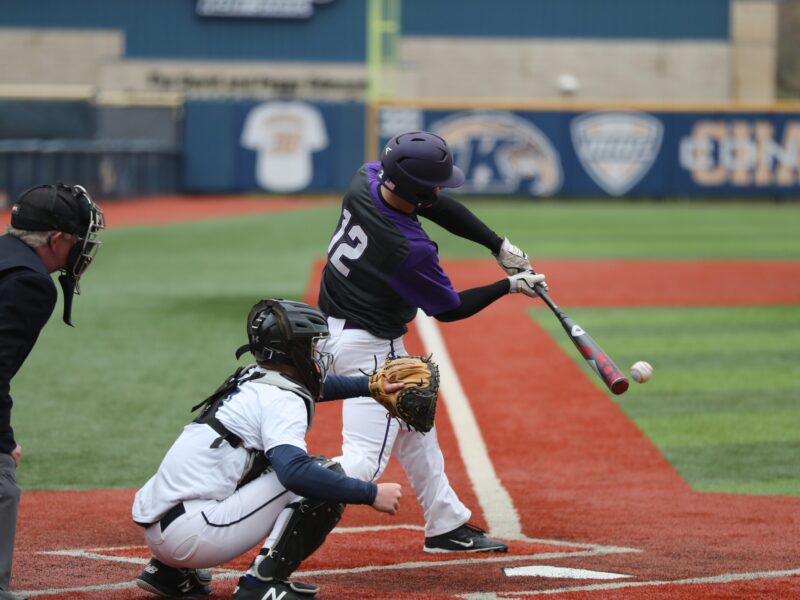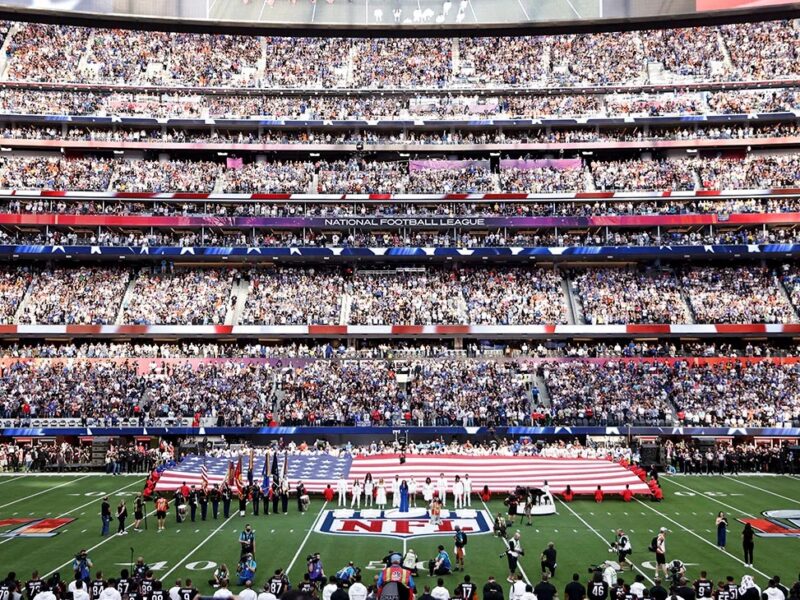Last week, six professional sports teams from six pro sports leagues launched the Green Sports Alliance, a group dedicated to identify and adopt environmental initiatives to measure and reduce their impact on the environment.
The six teams, all based in the northwest, include the NHL’s Vancouver Canucks, as well as teams from the NFL, MLB, NBA, WNBA, and MLS, are working with the National Defense Resource Council, the United States’ EPA, and Portland State University in this push to become more green.
“[We] take pride in our commitment to our community,” Victor de Bonis, the COO of Canucks Sports & Entertainment, wrote in a release. “As a responsible community leader we also must do our best for environmental sustainability – for current and future generations. It became imperative for us to be a founding member of the Green Sports Alliance. We believe that by exchanging ideas and through open dialogue we can have a positive impact in our community and can also effect change in the entire Pacific Northwest through the newly formed Alliance.”
While the newly formed Alliance is taking a massive step in greening professional sports, it is hardly a new idea. A 2009 survey done by ProGreenSports, a Massachusetts-based business specializing in sustainability strategy and services for pro sports teams, showed that half of the teams surveyed either had or were developing a sustainability plan.
Mark McSherry, the Founder and President of ProGreenSports, believes that a couple of factors are responsible for the shift in sports teams going green. The first, he says, is the green consumerism trend, and green corporate trends, as well as a competition among teams in mega markets to try to become green first.
“For example, in our area, the Red Sox compete with the Patriots, the Bruins, and the Celtics for fans and sponsorship attention,” McSherry said. “So as one team goes green, the others respond and are competitive, so they tend to ratchet up their programs. They try to, just like on the field, beat out their competition.”
Currently, this green initiative in sports has taken off primarily in four geographical areas: California, Colorado, the metro-Philadelphia area, and the Pacific Northwest.
The steps they are taking to help become “greener” are quite impressive, as well.
“They are measuring their energy and carbon footprint, implementing plans to reduce energy usage, put in more efficient equipment, and in certain instances, they are aiming to reduce their waste streams,” McSherry said.
While much of the focus on going green in sports is taking place in the US – most likely because of the abundance of pro sports there in comparison to Canada – steps are being taken here, as well.
The NHL, for instance, teamed up with the Canadian-based David Suzuki Foundation in 2007 to create the NHLPA Carbon Neutral Challenge, whereby players bought clean air credits to offset the footprint left by travel associated with playing. All money from those credits went to Montreal-based Planetair, who used it to fund clean-air projects around the world.
Also, in the progressively green centre of Vancouver, the University of British Columbia established a sports and sustainability research centre in honour of hosting the Olympics.
While these initiatives obviously benefit the environment, McSherry also points out how going green can help the teams themselves from a business standpoint.
“There’s a whole business dynamic, as sports teams can garner sponsorships and green advertising revenue, to the degree that as they green their brand, they become more attractive to the increasing green corporate trend, and avail themselves to the sponsorship money and green advertising revenue,” he says. “So it becomes not only a good environmental decision, and a good decision for fan base and local image, but also it becomes a good business decision too.”
Regardless of what the motivation actually is for these pro sports teams, it is obvious that going green in the world sports is a definite step in the right direction for the environment.



